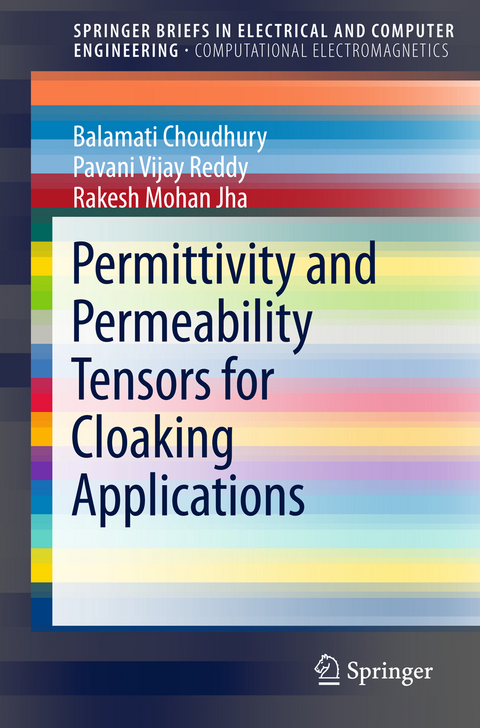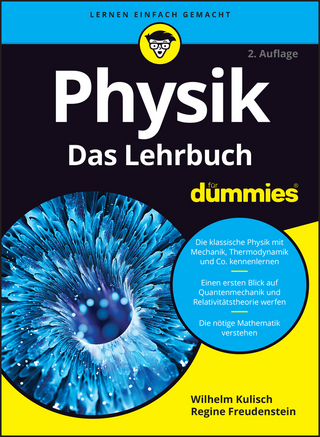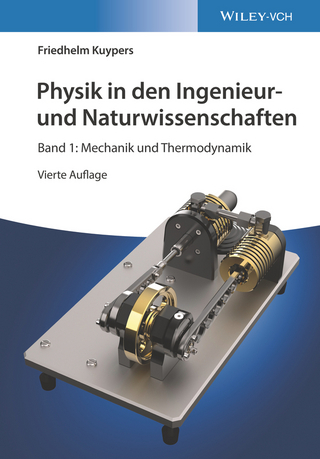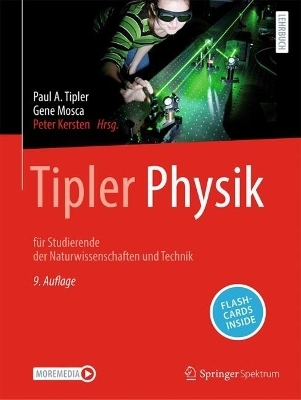
Permittivity and Permeability Tensors for Cloaking Applications
Springer Verlag, Singapore
978-981-287-804-5 (ISBN)
Dr. Balamati Choudhury is currently working as a Scientist at Centre for Electromagnetics of CSIR-National Aerospace Laboratories, Bangalore, India since April 2008. She obtained her M.Tech. (ECE) degree in 2006 and Ph.D. (Engg.) degree in Microwave Engineering from Biju Patnaik University of Technology (BPUT), Rourkela, Orissa, India in 2013. During the period of 2006-2008, she was a Senior Lecturer in Department of Electronics and Communication at NIST, Orissa India. Her active areas of research interests are in the domain of soft computing techniques in electromagnetics, computational electromagnetics for aerospace applications and metamaterial design applications. She was also the recipient of the CSIR-NAL Young Scientist Award for the year 2013-2014 for her contribution in the area of Computational Electromagnetics for Aerospace Applications. She has authored or co-authored over 100 scientific research papers and technical reports including a book and three book chapters. Dr. Balamati is also an Assistant Professor of AcSIR, New Delhi. Ms. Pavani Vijay Reddy is currently working as Project Assistant at Center for Electromagnetics (CEM), CSIR-NAL, Bangalore. She obtained her B.Tech. degree from Jawaharlal Nehru Technical University, Kakinada, and is working on conformal antennas, metamaterials, invisibility cloaking, etc. Dr. Rakesh Mohan Jha was Chief Scientist & Head, Centre f or Electromagnetics, CSIR-National Aero space Laboratories, Bangalore. Dr. Jha obtained a dual degree in BE (Hons.) EEE and MSc (Hons.) Physics from BITS, Pilani (Raj.) India, in 1982. He obtained his Ph.D. (Engg.) degree from Department of Aerospace Engineering of Indian Institute of Science, Bangalore in 1989, in the area of computational electromagnetics for aerospace applications. Dr. Jha was a SERC (UK) Visiting Post-Doctoral Research Fellow at University of Oxford, Department of Engineering Science in 1991. He worked as an Alexander von Humboldt Fellow at the Institute for High-Frequency Techniques and Electronics of the University of Karlsruhe, Germany (1992-1993, 1997). He was awarded the Sir C.V. Raman Award for Aerospace Engineering for the Year 1999. Dr. Jha was elected Fellow of INAE in 2010, for his contributions to the EM Applications to Aerospace Engineering. He was also the Fellow of IETE and Distinguished Fellow of ICCES. Dr. Jha has authored or co-authored several books, and more than five hundred scientific research papers and technical reports. He passed away during the production of this book of a cardiac arrest.
Introduction.- Basic Concept of Permeability and Permittivity Tensor.- Permeability and Permittivity Tensor for Quadric Cylinders.- Permeability and Permittivity Tensor for Quadric Surface of Revolutions.- Permeability and Permittivity Tensor for Ogive.- Conclusion.- Appendix 3.1: Spatial metric derivations for right circular cylinder.- Appendix 3.2: Spatial metric derivations for elliptic cylinder.- Appendix 3.3: Spatial metric derivations for hyperbolic cylinder.- Appendix 3.4: Spatial metric derivations for parabolic cylinder.- Appendix 4.1: Spatial metric derivations for sphere.- Appendix 4.2: Spatial metric derivations for cone.- Appendix 4.3: Spatial metric derivations for prolate spheroid.- Appendix 4.4: Spatial metric derivations for oblate spheroid.- Appendix 4.5: Spatial metric derivations for GPOR.- Appendix 5: Spatial metric derivations for ogive.
| Reihe/Serie | SpringerBriefs in Computational Electromagnetics | SpringerBriefs in Electrical and Computer Engineering |
|---|---|
| Zusatzinfo | 21 Illustrations, color; XX, 71 p. 21 illus. in color. |
| Verlagsort | Singapore |
| Sprache | englisch |
| Maße | 155 x 235 mm |
| Themenwelt | Naturwissenschaften ► Physik / Astronomie ► Allgemeines / Lexika |
| Naturwissenschaften ► Physik / Astronomie ► Elektrodynamik | |
| Technik ► Elektrotechnik / Energietechnik | |
| Schlagworte | Invisibility cloaking • Metamaterial • Permittivity Tensors • Quadric surfaces • Transformation Optics |
| ISBN-10 | 981-287-804-1 / 9812878041 |
| ISBN-13 | 978-981-287-804-5 / 9789812878045 |
| Zustand | Neuware |
| Haben Sie eine Frage zum Produkt? |
aus dem Bereich


